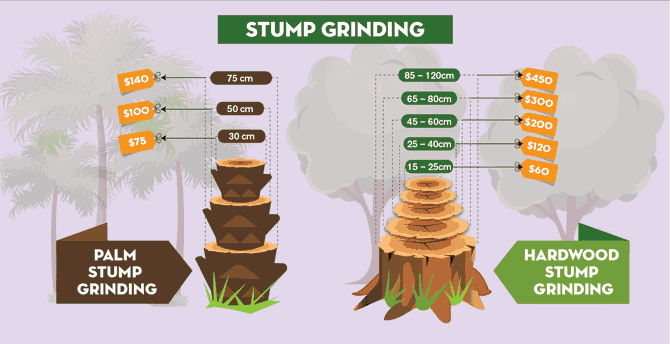Identifying The Right Time For Tree Elimination - A Guide For Homeowners
Identifying The Right Time For Tree Elimination - A Guide For Homeowners
Blog Article
Content Composed By-Wright Bendixen
Trees add charm and worth to property, however they can likewise posture a risk throughout severe climate occasions. If a tree has stopped growing, is displaying visible fungal development, or has a leaning trunk, it must be gotten rid of by a professional to prevent residential or commercial property damages and injury.
For more information, attend a home owner resource reasonable co-hosted by HPD, the Facility for NYC Neighborhoods, and Brooklyn-based real estate companions this night in Bedford-Stuyvesant. The event will include the Home owner Manual, a new overview to aid property owners browse the responsibilities of having a home.
1. Dead or Perishing Branches
Trees are an essential part of your home's landscape, offering color and beauty. They additionally provide shelter for wildlife and produce oxygen, however even healthy trees can experience illness that may require their removal. Dead or passing away trees aren't just unsightly, they can be harmful. Their branches can drop during a storm, bring about expensive home damage and injuries.
When a tree's branches start to die, it means that its structure is beginning to break down. If most of its branches are dead, it is likely time to remove it.
Look for an absence of brand-new growth, bark peeling, open wounds or dental caries, fungi expanding on the trunk or roots and a general look of decay in the entire cover. These signs of infection can show a severe problem that will need professional tree services to fix.
2. Leaning Trunk
While it's regular for trees to lean every so often because of phototropism, if a tree has a harmful or extreme lean that's not due to natural processes - it could be an indicator that the tree requires to be removed. If click over here is favoring a power line, home, vehicle, play framework or any other area that could be dangerous to people if it falls, after that contacting a professional tree solution for removal ought to be a leading concern.
It's additionally vital to look for any sudden changes in a tree's leaning as it can show damage to the origins or trunk that may cause falling. This is especially true throughout stormy weather, since high winds and rain-soaked soil can trigger a lean to transform swiftly. Routine tracking, especially throughout and after tornados can aid property owners identify possible issues with their trees so they can call an arborist for a complete examination.
3. Insect Invasion
Some pest problems, such as wood-boring bugs like emerald ash borer or sap-suckers like range insects, are so severe that they can create a tree to pass away. The most effective means to prevent pest infestation is to check your trees regularly. Search for areas, holes, or stainings in the fallen leaves and bark. Click That Link for splits and indicators of insect damages, such as passages or tracks.
If a tree becomes also plagued with bugs, or is close to a home or power lines, an arborist might suggest elimination. If a leaning tree develops a brand-new, unpredictable lean, an arborist will likely recommend removal too to guarantee the security of people and building. If a weakened or dead tree continually sheds too much branches, it is a sign that it is time to eliminate the tree. If a tree remains to drop branches for a prolonged amount of time, it might result in structural issues and prospective building damages.
4. Harmed Trunk
Trees are an attractive and vital part of our landscape, yet they do need regular like keep them healthy and balanced and risk-free. If a tree is damaged beyond repair it is likely time for it ahead down.
Seek signs of damages to the trunk, including upright fractures, seams, dead branch stubs, visible wounds or open dental caries and extreme tree-rot. The existence of fungi at the base of the trunk is another cautioning indicator. Fungis might indicate that the phloem and xylem (life-support cells) are endangered, enabling the spread of illness or a future failure.
Also, think about whether the tree has quit expanding. Healthy trees will have new development every year, which may be visible as buds or branches sprouting and expanding. If you don't see any type of brand-new development, it's a great idea to have an arborist review the tree and follow their referral for removal. A passing away or damaged tree can fall and trigger home damage.